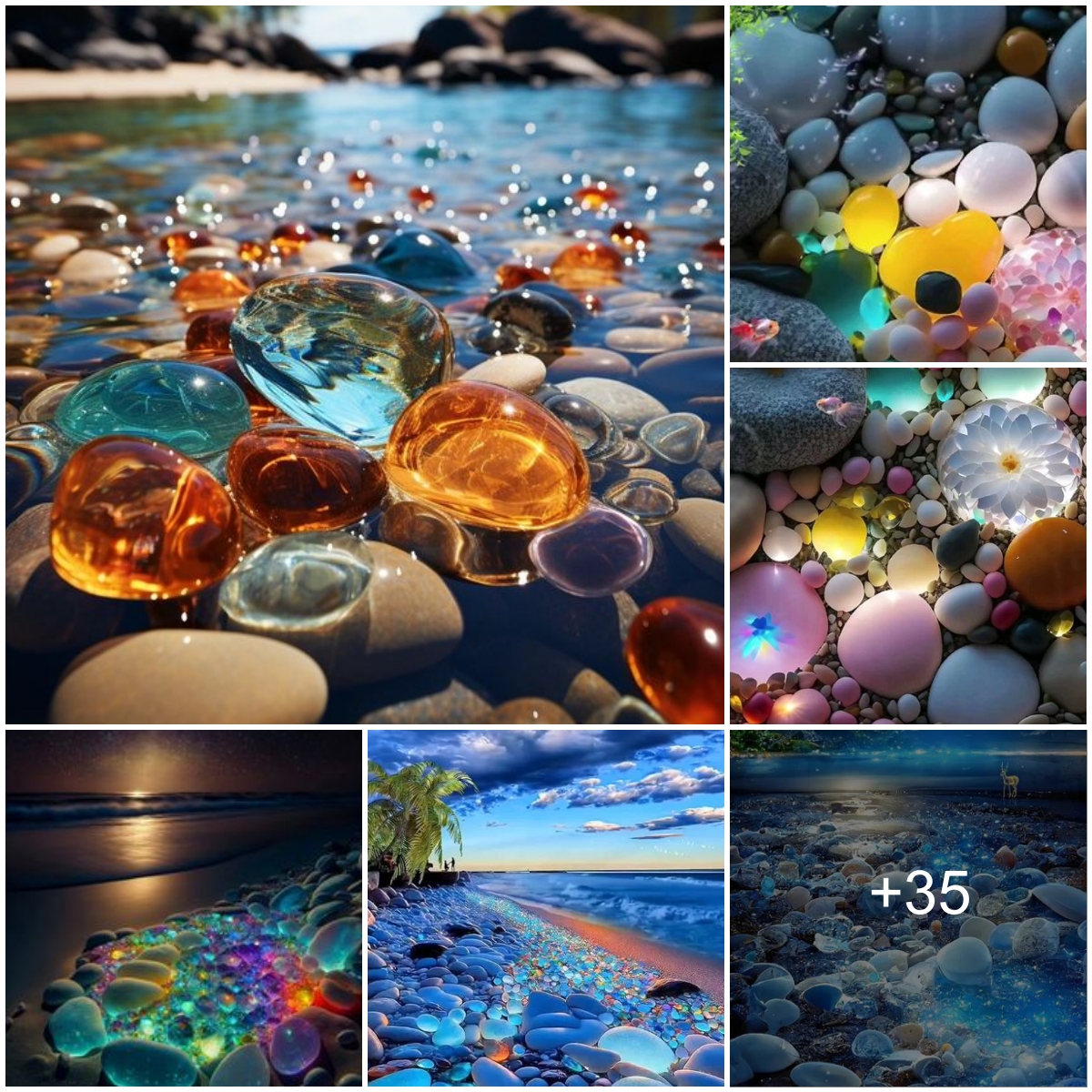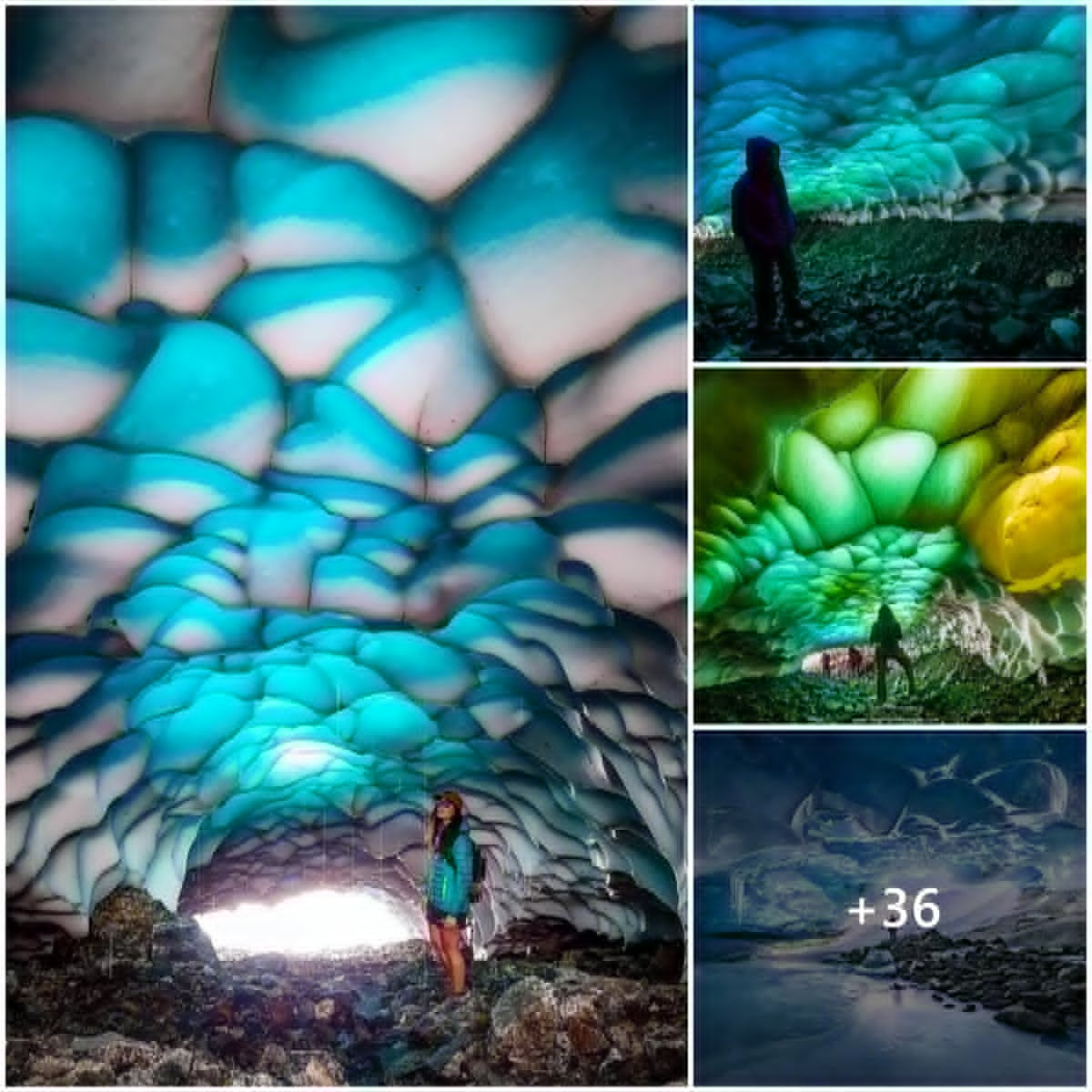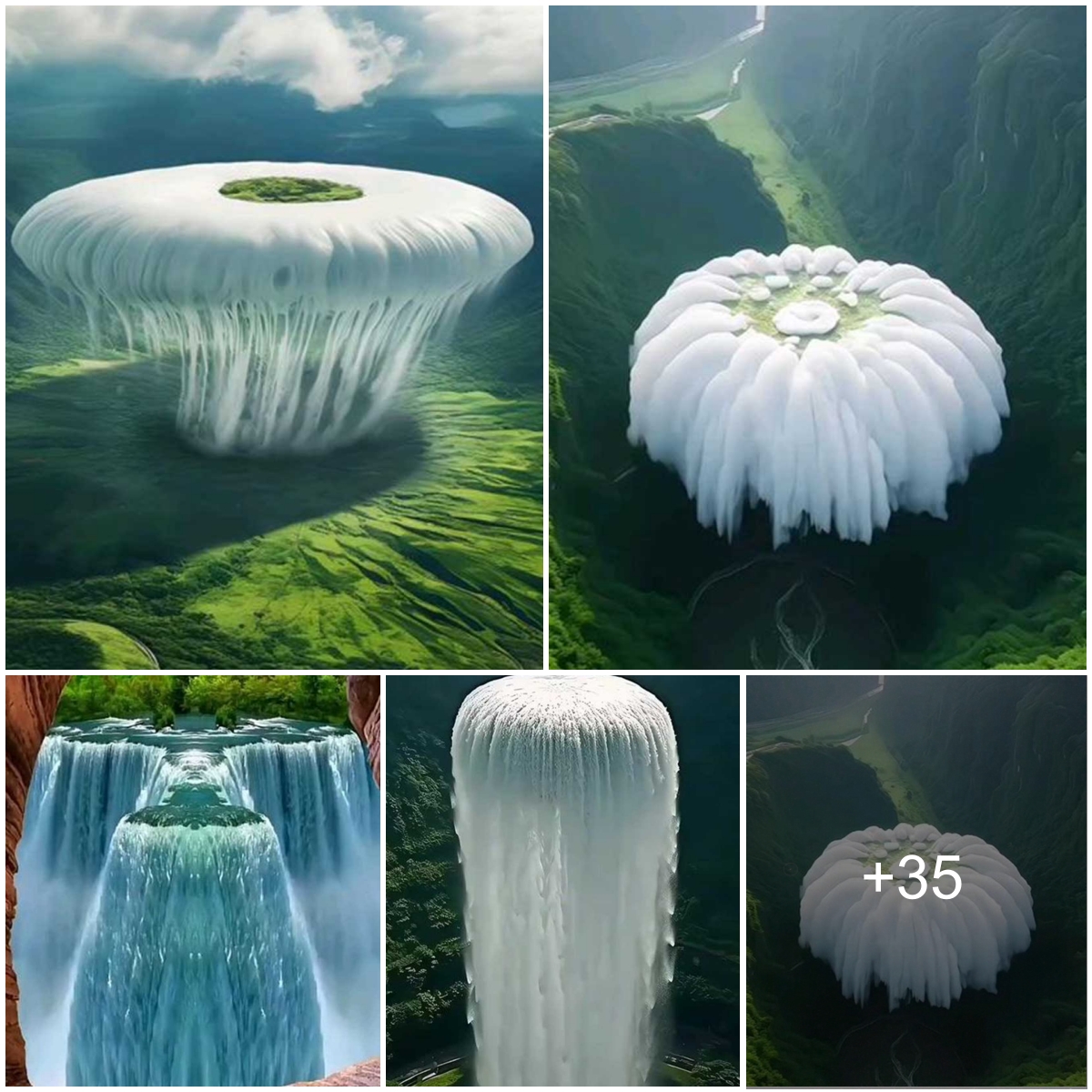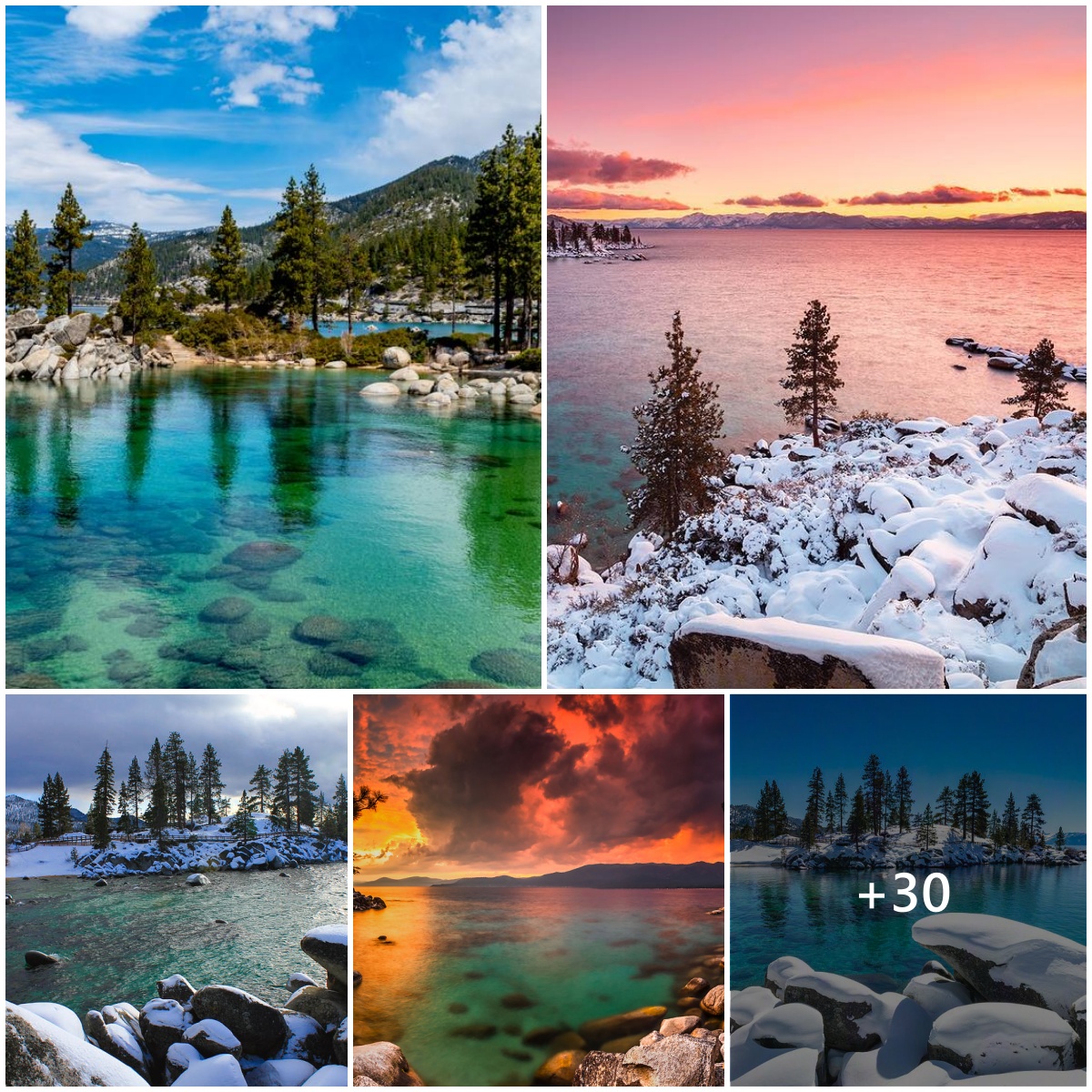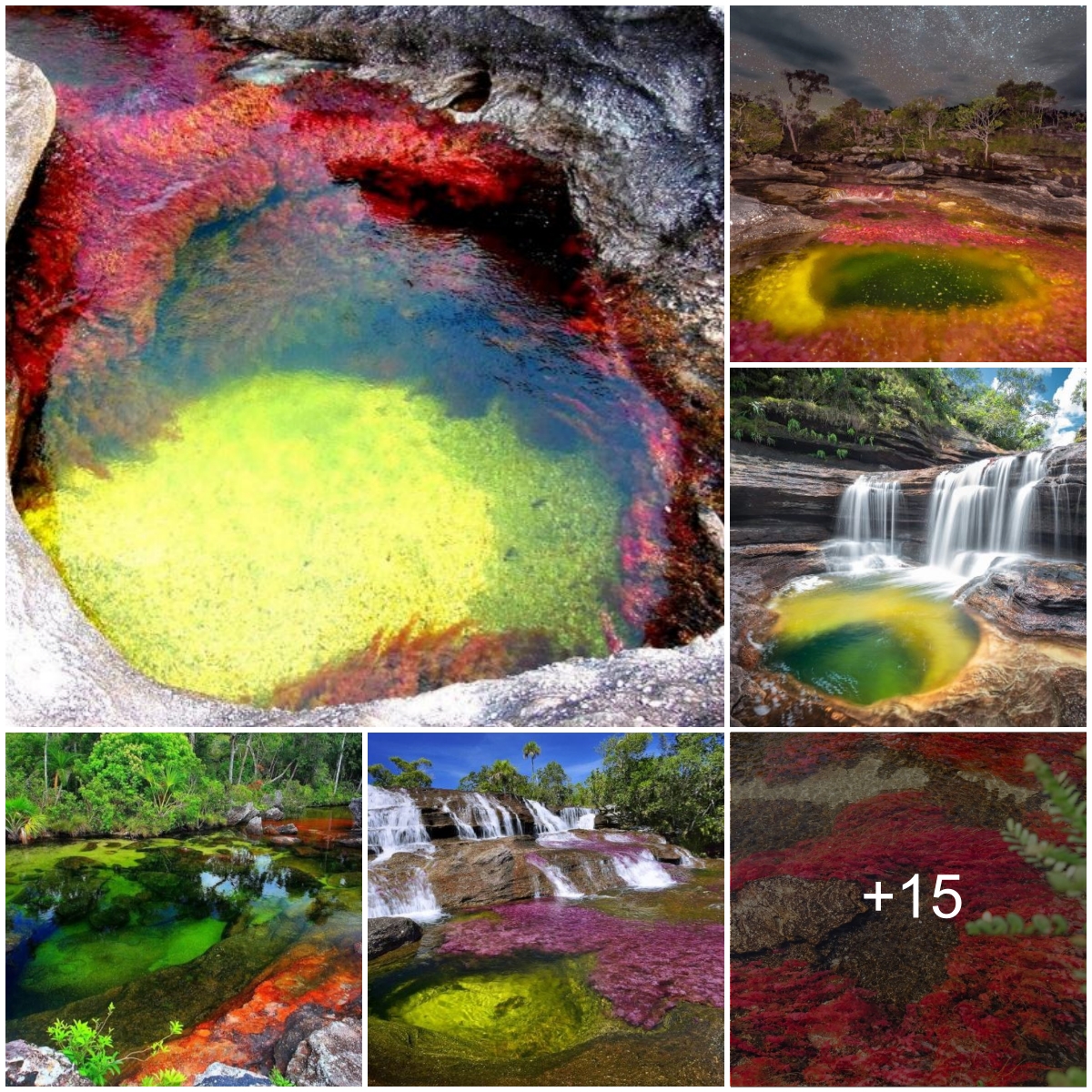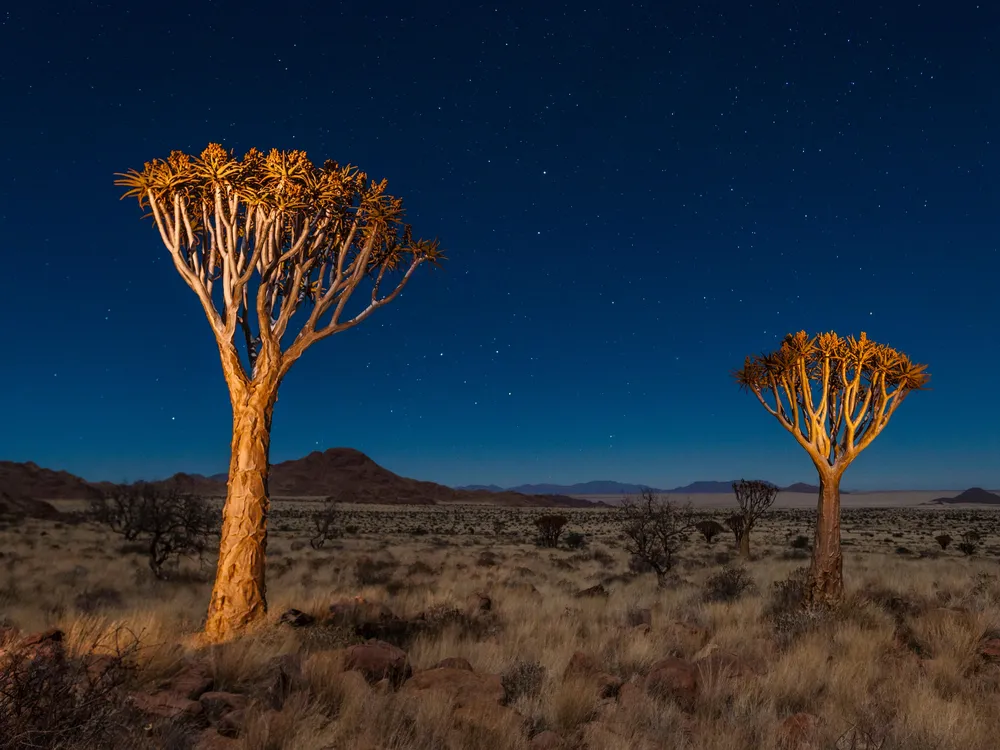
The immensity of the universe is beautiful and humbling—the stars reminders of billions of lives spent, in astronomer Carl Sagan’s words, “on a mote of dust, suspended in a sunbeam.” But as our population grows, so too does light pollution, clouding the atmosphere and all that lies beyond it. Today, as few as 500 stars are visible from many urban areas.
But happily that’s just not the case for these locales, where as many as 15,000 individual pinpricks of light can be seen with the naked eye. The catch? They’re not exactly convenient—but that’s kind of the point.
Attention astrologers and contemplators of the universe: these are the planet’s best spots for stargazing.
Atacama Desert in Chile
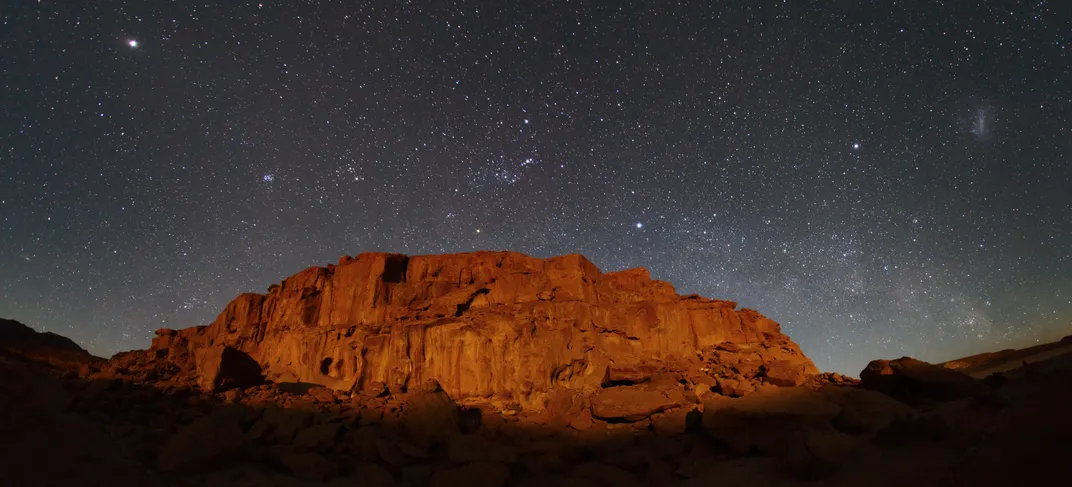
This 600-mile stretch of northern Chile boasts the trifecta for ideal stargazing conditions: high altitude, unpolluted skies and the driest (non-polar) air on Earth. Unsurprisingly, the astro-tourism scene is booming. The ALMA Observatory, where the world’s most powerful radio telescope uses 66 satellite antennae to look into deep space, will be joined by a handful of other groundbreaking telescopes currently in development, while the dozen or so observatories currently scattered across the Elqui Valley draw hundreds of visitors a day. Elqui Domos, on the outskirts of the desert, offers a more personal experience: along with an observatory, the hotel features domed tents with open ceilings or timber cabins with glass roofs, which act as skylights to the world above.
Tenerife on the Canary Islands
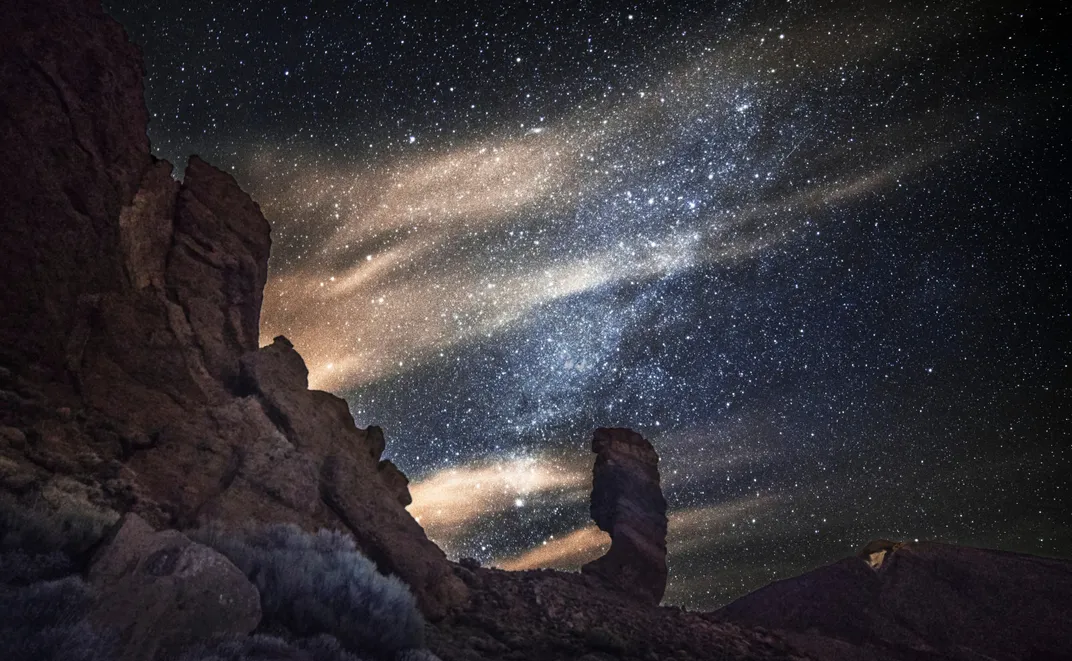
With its high altitude, proximity to the Equator, and distance from tropical storms, the remote Canary Islands off mainland Morocco enjoy some of the clearest, darkest skies. What’s more, Tenerife, the largest island, passed a law that controls flight paths in order to protect its stargazing conditions. It’s also been the host of the semi-annual Starmus Festival, a celebration of science, music and the arts. Festival attendees, which have included Neil Armstrong and Stephen Hawking, enjoy lectures, screenings and space-themed parties. Until the next gathering, visitors can tour the Teide Observatory (open April through December) or take a cable car to the top of volcanic Mount Teide for dinnertime stargazing.
NamibRand Nature Reserve in Namibia
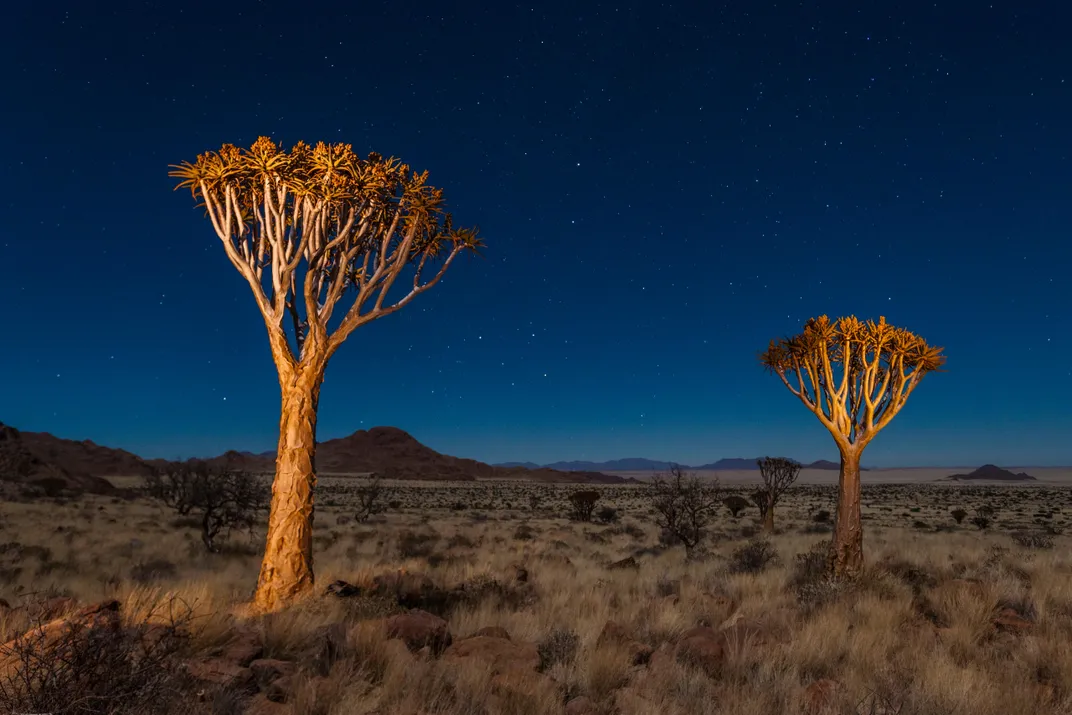
When the International Dark-Sky Association (a group that recognizes places for their sky quality) formed in 1988, its first reserve to achieve Gold Tier status (the IDA’s highest award) was Namibia’s NamibRand Nature Reserve. in the arid Namib Desert and 60 miles from the closest village. Here visitors can camp out in the arid Namib Desert and take a guided tour of the dunes. There’s also Wolwedans, a camp complex whose Mountain View Suite includes a summertime ‘star-gazing’ bed on its main veranda.
Aoraki Mackenzie International Dark Sky Reserve in New Zealand
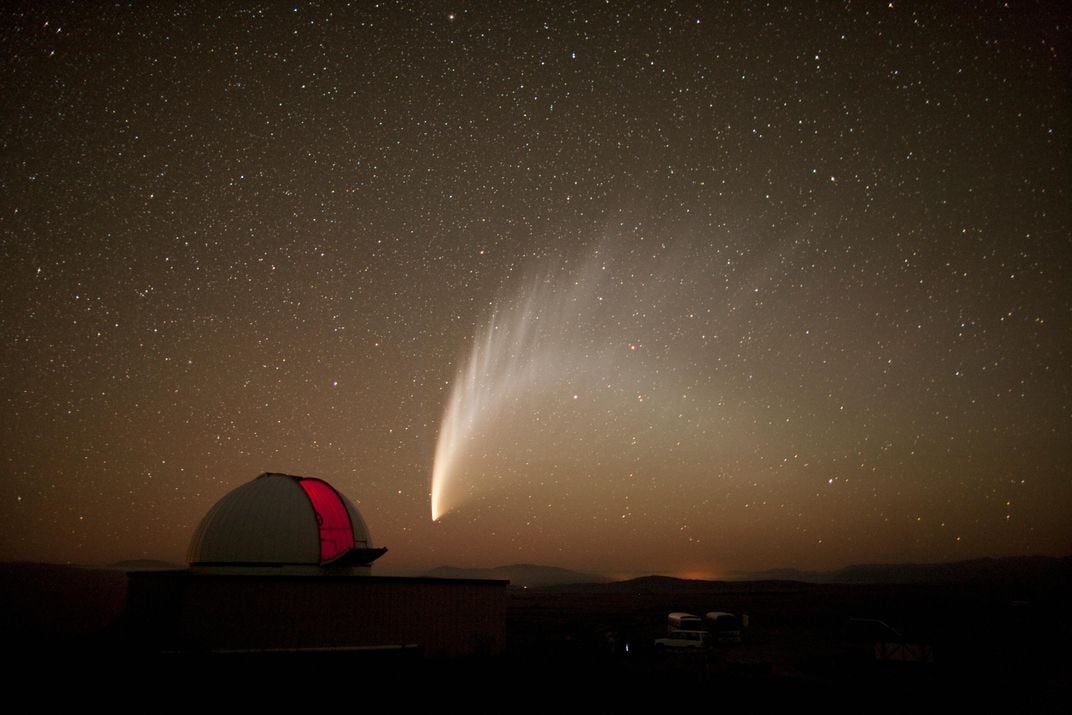
The world’s largest dark-sky reserve sits on a high country plateau in New Zealand called the Mackenzie Basin, which is ringed entirely by mountains on the country’s rugged South Island. On Earth & Sky’s nighttime tour of Mt. John Observatory, used by astronomers from Japan, Germany and the U.S., visitors can spot the Magellanic Clouds—satellite galaxies of the Milky Way visible only from the southern hemisphere.
Mauna Kea in Hawaii
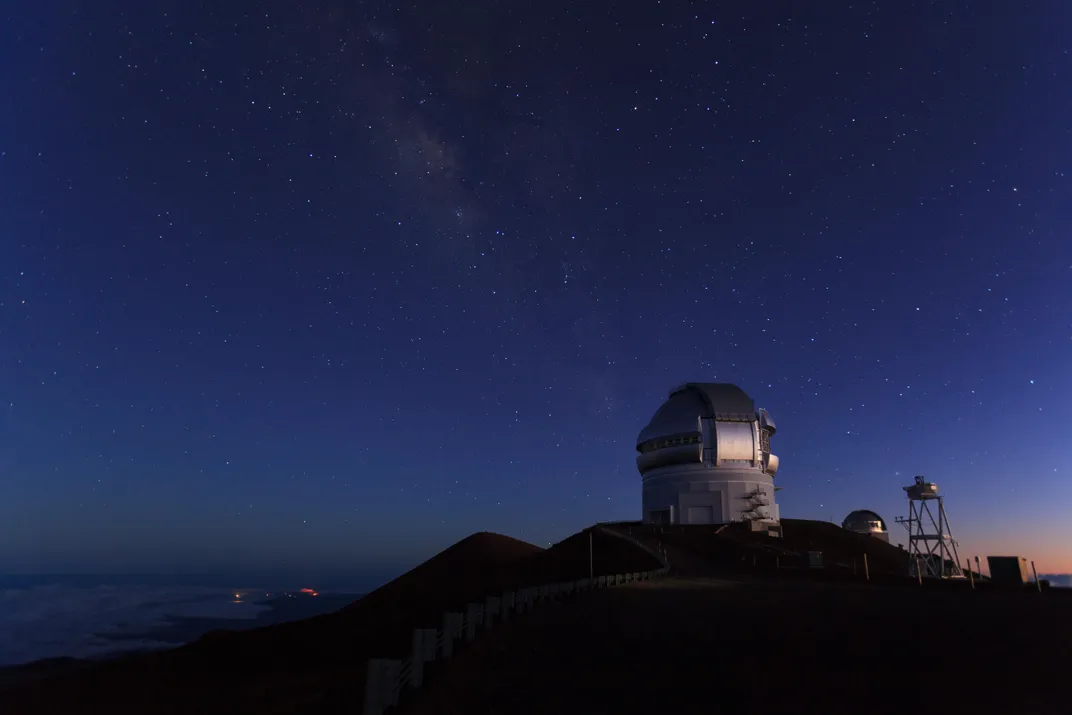
People making the two-hour drive to the gusty 13,796-foot summit of Mauna Kea, home to the world’s largest optical telescope, have high risk for altitude sickness, but serious sky-lovers brave the elements (and low oxygen levels) for some spectacular sunrises and sunsets. The peak closes to tourists come nightfall, but the visitor’s center (at a more manageable 9,200 feet) remains open until 10 p.m. There, guests are treated to free lectures, Q&As, and a chance to peer through 11-, 14-, and 16-inch telescopes.
Nova Scotia, Canada
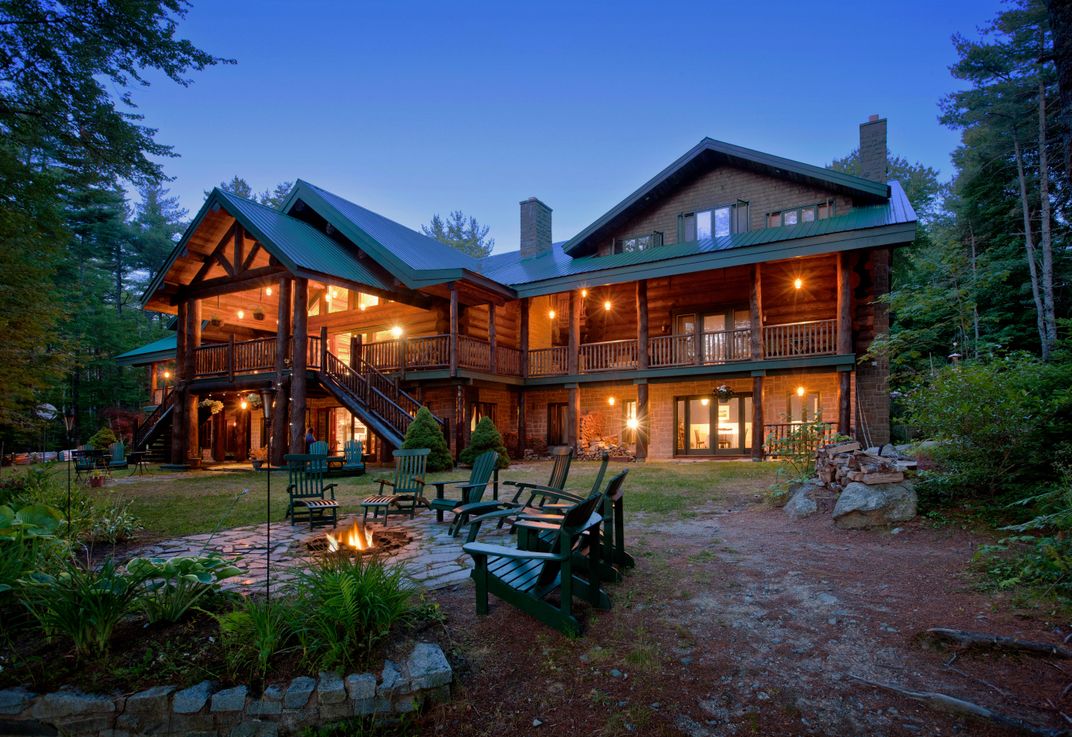
In far eastern Canada’s Acadian Skies and Mi’kmaq Lands, a swath of wilderness in undeveloped western Nova Scotia, you’ll find the world’s first certified Starlight Hotel: Trout Point Lodge. The area was once the home of the indigenous Mi’kmaq nation, whose stories about constellations explained the changing of the seasons and other universal phenomena. Today, a resident astronomer leads guided star walks through the grounds as well as sessions on the lodge’s new stargazing platform.
Jasper National Park in Canada
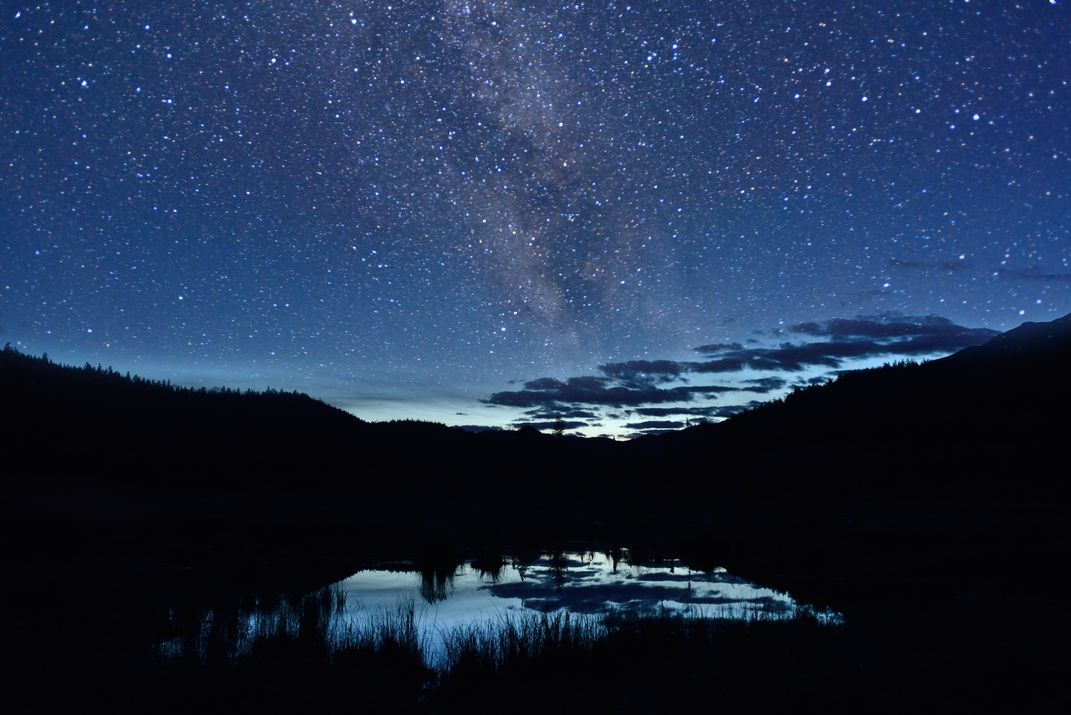
The roads to Alberta’s Jasper National Park wend their way through spruce and pine forests, ultimately giving way to the majestic Canadian Rockies. At night, the views only get better. Much hype has been built around Jasper’s annual Dark Sky Festival, which schedules daytime solar viewings, rocket launches for kids and telescope workshops. If you can’t pass through in October, however, spring for roadside—or backcountry, if you’re truly adventurous—camping at the more than 100 sites scattered throughout the preserve, which are open year-round.
Cherry Springs State Park in Pennsylvania
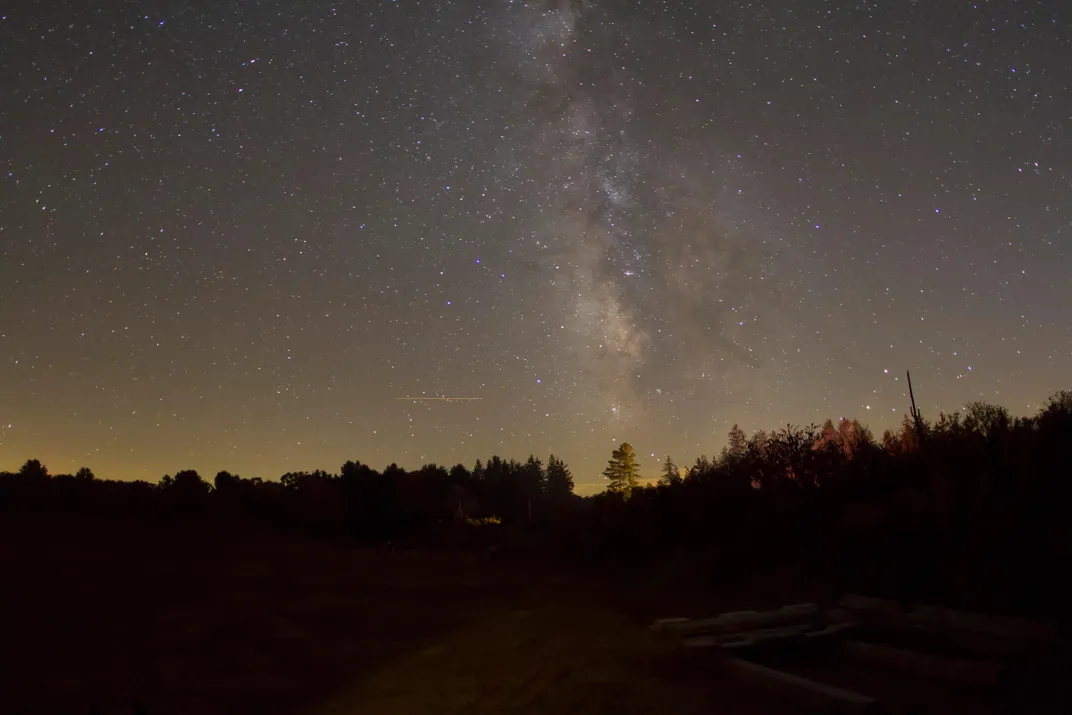
Pennsylvania may not seem so far-flung, but in 2014, the northern lights—phenomena usually only witnessed in high-latitude regions—were spotted a whopping four times in the 82-acre Cherry Springs State Park. This year, aspiring astronomers are gearing up for the park’s annual Black Forest Star Party (September 22-24), which brings together hundreds of amateur observers for a weekend of communal stargazing.
